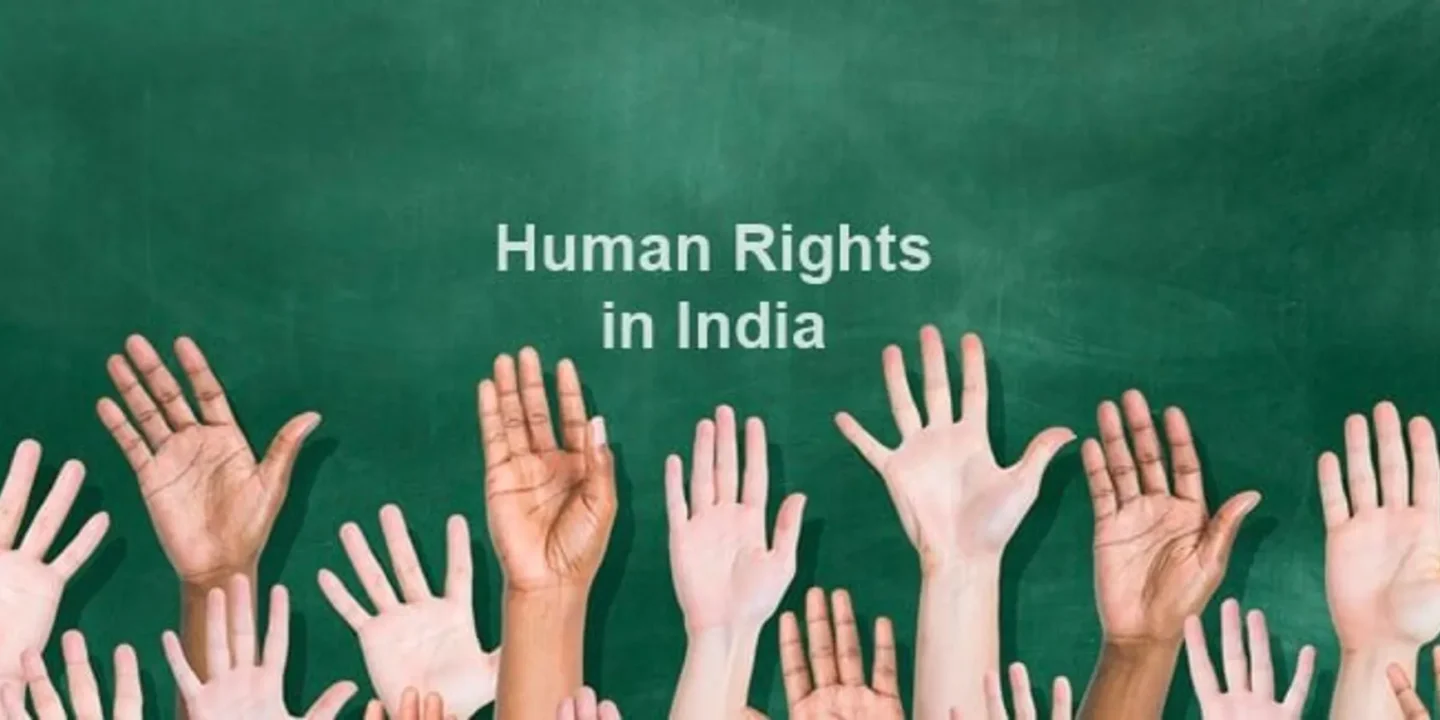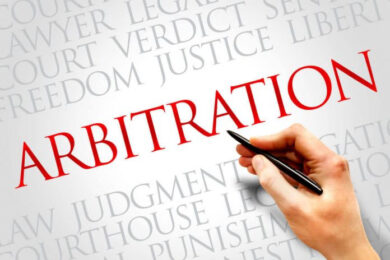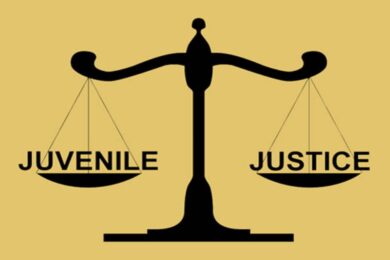
Introduction
Human rights represent the fundamental freedoms and entitlements inherent to every individual, irrespective of nationality, ethnicity, religion, or status. In India, a country marked by vast diversity and complex social dynamics, the protection of human rights is both a constitutional mandate and a socio-political necessity.
This blog explores the constitutional provisions, statutory protections, institutional mechanisms, and challenges relating to human rights in India. It also highlights key cases and recent developments that shape India’s human rights landscape.
1. Constitutional Guarantee of Human Rights
India’s commitment to human rights is enshrined in its Constitution, which provides the Fundamental Rights under Part III as the cornerstone of human dignity and freedom.
Key Fundamental Rights Relevant to Human Rights
Article 14: Right to Equality
Article 19: Freedom of Speech and Expression, Assembly, Movement, etc.
Article 21: Right to Life and Personal Liberty
Article 22: Protection against arbitrary arrest and detention
Article 23: Prohibition of trafficking and forced labor
Article 24: Prohibition of child labor in hazardous employment
Article 32: Right to Constitutional remedies (direct access to Supreme Court)
2. Important Human Rights Laws in India
a. Protection of Human Rights Act, 1993 (PHRA)
Established the National Human Rights Commission (NHRC).
Provides for State Human Rights Commissions (SHRCs).
Mandates inquiry into human rights violations, recommend remedial measures.
b. Scheduled Castes and Scheduled Tribes (Prevention of Atrocities) Act, 1989
Protects SC/ST communities against discrimination, violence, and atrocities.
c. Right to Information Act, 2005
Facilitates transparency and accountability by empowering citizens to seek government information.
d. Juvenile Justice (Care and Protection of Children) Act, 2015
Provides for the care, protection, and rehabilitation of children in conflict with law or vulnerable situations.
3. Institutional Mechanisms
a. National Human Rights Commission (NHRC)
Independent statutory body.
Investigates human rights violations.
Recommends prosecutions and policy reforms.
Conducts awareness programs.
b. State Human Rights Commissions
Mirror NHRC at state level.
Deal with state-specific human rights issues.
c. National Commission for Scheduled Castes and Scheduled Tribes
Monitors safeguards for marginalized communities.
d. Women’s Commission and Child Rights Commission
Focus on gender and child-specific rights.
4. Major Human Rights Issues in India
a. Caste-Based Discrimination and Atrocities
Despite legal protections, caste-based violence persists in rural and urban areas.
Discrimination affects access to education, employment, and justice.
b. Gender Inequality and Violence
High rates of domestic violence, sexual harassment, dowry deaths.
Underrepresentation of women in governance and workforce.
c. Freedom of Expression and Press Freedom
Incidents of censorship, intimidation of journalists, and internet shutdowns.
d. Police Brutality and Custodial Deaths
Reports of excessive use of force and lack of accountability.
e. Child Rights Violations
Child labor, trafficking, lack of access to education.
f. Rights of Minorities and Refugees
Issues around religious freedom, communal violence, and citizenship laws.
5. Landmark Supreme Court Judgments
a. Kesavananda Bharati v. State of Kerala (1973)
Established the basic structure doctrine, ensuring fundamental rights cannot be abrogated.
b. Maneka Gandhi v. Union of India (1978)
Expanded the interpretation of Article 21 to include due process and fair procedure.
c. Vishaka v. State of Rajasthan (1997)
Laid down guidelines to prevent sexual harassment at the workplace.
d. NALSA v. Union of India (2014)
Recognized transgender persons’ rights as fundamental rights.
e. Right to Privacy Judgment (2017)
Declared privacy as intrinsic to the right to life under Article 21.
6. Challenges in Human Rights Protection
a. Implementation Gap
Laws exist, but enforcement and accountability are often weak.
b. Judicial Delays
Backlogs and slow processes reduce effectiveness.
c. Political Interference
Commissions sometimes lack independence.
d. Social Inequality
Deep-rooted prejudices hamper realization of rights.
e. Lack of Awareness
Many vulnerable populations are unaware of their rights or how to claim them.
7. Role of Civil Society and Media
NGOs and activists play a crucial role in advocacy, documentation, and legal aid.
Media acts as a watchdog but faces challenges like censorship and threats.
8. Recent Developments
Police reforms proposed to reduce custodial violence.
Expansion of human rights education in schools.
Use of technology and social media for awareness.
Legal reforms to strengthen protections for LGBTQ+ persons.
Conclusion
Human rights form the moral and legal foundation of a just society. India’s legal system provides a strong framework for their protection, but the real test lies in implementation and societal acceptance. Continuous efforts are needed by the government, judiciary, civil society, and citizens to bridge the gap between law and reality. Only then can India fulfill its constitutional promise of justice, liberty, equality, and dignity for all.
Introduction
Human rights represent the fundamental freedoms and entitlements inherent to every individual, irrespective of nationality, ethnicity, religion, or status. In India, a country marked by vast diversity and complex social dynamics, the protection of human rights is both a constitutional mandate and a socio-political necessity.
This blog explores the constitutional provisions, statutory protections, institutional mechanisms, and challenges relating to human rights in India. It also highlights key cases and recent developments that shape India’s human rights landscape.
1. Constitutional Guarantee of Human Rights
India’s commitment to human rights is enshrined in its Constitution, which provides the Fundamental Rights under Part III as the cornerstone of human dignity and freedom.
Key Fundamental Rights Relevant to Human Rights
Article 14: Right to Equality
Article 19: Freedom of Speech and Expression, Assembly, Movement, etc.
Article 21: Right to Life and Personal Liberty
Article 22: Protection against arbitrary arrest and detention
Article 23: Prohibition of trafficking and forced labor
Article 24: Prohibition of child labor in hazardous employment
Article 32: Right to Constitutional remedies (direct access to Supreme Court)
2. Important Human Rights Laws in India
a. Protection of Human Rights Act, 1993 (PHRA)
Established the National Human Rights Commission (NHRC).
Provides for State Human Rights Commissions (SHRCs).
Mandates inquiry into human rights violations, recommend remedial measures.
b. Scheduled Castes and Scheduled Tribes (Prevention of Atrocities) Act, 1989
Protects SC/ST communities against discrimination, violence, and atrocities.
c. Right to Information Act, 2005
Facilitates transparency and accountability by empowering citizens to seek government information.
d. Juvenile Justice (Care and Protection of Children) Act, 2015
Provides for the care, protection, and rehabilitation of children in conflict with law or vulnerable situations.
3. Institutional Mechanisms
a. National Human Rights Commission (NHRC)
Independent statutory body.
Investigates human rights violations.
Recommends prosecutions and policy reforms.
Conducts awareness programs.
b. State Human Rights Commissions
Mirror NHRC at state level.
Deal with state-specific human rights issues.
c. National Commission for Scheduled Castes and Scheduled Tribes
Monitors safeguards for marginalized communities.
d. Women’s Commission and Child Rights Commission
Focus on gender and child-specific rights.
4. Major Human Rights Issues in India
a. Caste-Based Discrimination and Atrocities
Despite legal protections, caste-based violence persists in rural and urban areas.
Discrimination affects access to education, employment, and justice.
b. Gender Inequality and Violence
High rates of domestic violence, sexual harassment, dowry deaths.
Underrepresentation of women in governance and workforce.
c. Freedom of Expression and Press Freedom
Incidents of censorship, intimidation of journalists, and internet shutdowns.
d. Police Brutality and Custodial Deaths
Reports of excessive use of force and lack of accountability.
e. Child Rights Violations
Child labor, trafficking, lack of access to education.
f. Rights of Minorities and Refugees
Issues around religious freedom, communal violence, and citizenship laws.
5. Landmark Supreme Court Judgments
a. Kesavananda Bharati v. State of Kerala (1973)
Established the basic structure doctrine, ensuring fundamental rights cannot be abrogated.
b. Maneka Gandhi v. Union of India (1978)
Expanded the interpretation of Article 21 to include due process and fair procedure.
c. Vishaka v. State of Rajasthan (1997)
Laid down guidelines to prevent sexual harassment at the workplace.
d. NALSA v. Union of India (2014)
Recognized transgender persons’ rights as fundamental rights.
e. Right to Privacy Judgment (2017)
Declared privacy as intrinsic to the right to life under Article 21.
6. Challenges in Human Rights Protection
a. Implementation Gap
Laws exist, but enforcement and accountability are often weak.
b. Judicial Delays
Backlogs and slow processes reduce effectiveness.
c. Political Interference
Commissions sometimes lack independence.
d. Social Inequality
Deep-rooted prejudices hamper realization of rights.
e. Lack of Awareness
Many vulnerable populations are unaware of their rights or how to claim them.
7. Role of Civil Society and Media
NGOs and activists play a crucial role in advocacy, documentation, and legal aid.
Media acts as a watchdog but faces challenges like censorship and threats.
8. Recent Developments
Police reforms proposed to reduce custodial violence.
Expansion of human rights education in schools.
Use of technology and social media for awareness.
Legal reforms to strengthen protections for LGBTQ+ persons.
Conclusion
Human rights form the moral and legal foundation of a just society. India’s legal system provides a strong framework for their protection, but the real test lies in implementation and societal acceptance. Continuous efforts are needed by the government, judiciary, civil society, and citizens to bridge the gap between law and reality. Only then can India fulfill its constitutional promise of justice, liberty, equality, and dignity for all.








No Comments